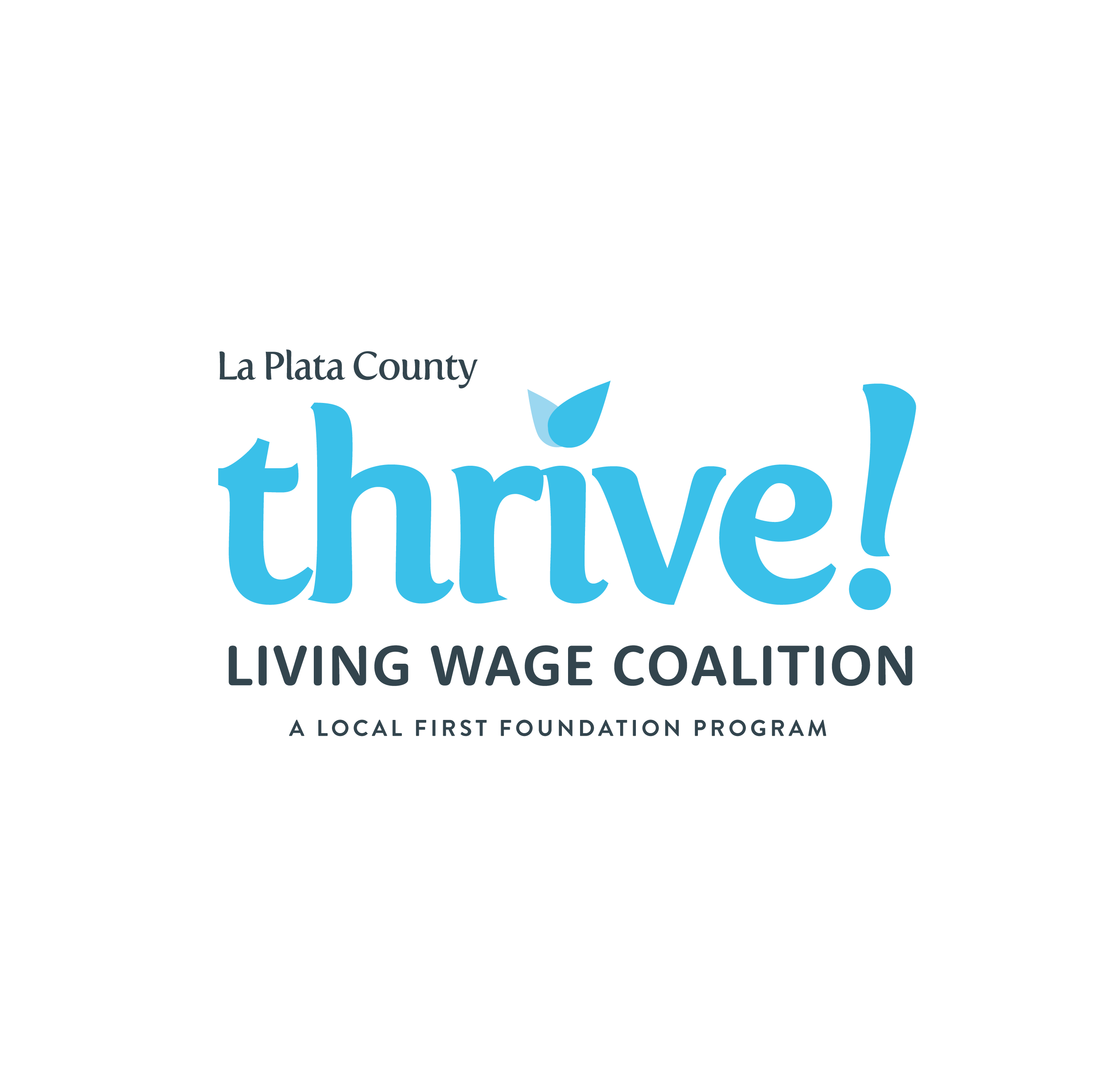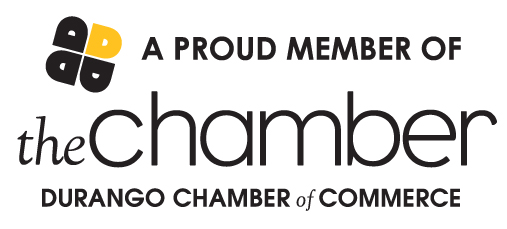It’s Time to Move Your Money
By Emily Bell, Local First Managing Director (Published May 13th, 2022 in The Durango Herald.)
When most of us think about living the “local first” way, we envision shopping at one of our favorite local retailers, visiting the farmers market for fresh produce from a nearby farm, or choosing a locally-owned restaurant over one of the chains. In each of those interactions, we are consumers who are actively spending our money to support our community, investing in the businesses that make our community strong and unique. Each transaction may only be $50-$100, but collectively, we are making a huge impact.
However, there is another side to localism that we don’t often consider, and it involves where our money lives when it’s not being spent. Believe it or not, when your money is sitting in a bank, it can have an even larger impact on the community around you (or not, depending where it’s sitting). When you add up all of our collective bank accounts, it’s a hefty chunk of change.
 You may be thinking, a bank is a bank right? Well, not exactly. Banks that are headquartered in or near the communities they serve are much more likely to invest in the individuals and businesses located nearby. Although small and mid-sized banks control less than one-quarter of all bank assets, they account for more than half of all small business lending. Big banks, meanwhile, allocate relatively little of their resources to small businesses. The largest 20 banks, which now control 57 percent of all bank assets, devote only 18 percent of their commercial loan portfolios to small businesses. These small business loans act as an investment in place-based communities – growing our local economy, employing our residents, increasing wealth and social capital, and literally putting your dollars to work.
You may be thinking, a bank is a bank right? Well, not exactly. Banks that are headquartered in or near the communities they serve are much more likely to invest in the individuals and businesses located nearby. Although small and mid-sized banks control less than one-quarter of all bank assets, they account for more than half of all small business lending. Big banks, meanwhile, allocate relatively little of their resources to small businesses. The largest 20 banks, which now control 57 percent of all bank assets, devote only 18 percent of their commercial loan portfolios to small businesses. These small business loans act as an investment in place-based communities – growing our local economy, employing our residents, increasing wealth and social capital, and literally putting your dollars to work.
It became clear how vital those community banks were to preserving local business and support communities during the COVID-19 pandemic. The Institute for Local Self-Reliance reported that communities where small, local banks have a greater share of market assets were more successful at accessing Payroll Protection Program loans (compared to communities where big banks have the majority share). Consider this alongside the fact that community-based financial institutions make up 52% of all small business lending, despite holding only 16% of total assets nationally.
 In addition, community banks typically offer the same services at a lower cost, on average having lower fees and better interest rates on savings, and better terms on credit cards and other loans. Locally-based financial institutions have employees who live in the community, have face-to-face relationships with their customers, and understand local needs. As a result, they are often able to approve small businesses and other loans that big banks would reject. The primary activity of almost all small banks and credit unions is to turn deposits into loans and other productive investments. Meanwhile, big banks devote a sizeable share of their resources to speculative trading and other Wall Street gambles that may generate big profits for the bank, but provide little economic or social value for the rest of us and can put the entire financial system at risk if they go bad.
In addition, community banks typically offer the same services at a lower cost, on average having lower fees and better interest rates on savings, and better terms on credit cards and other loans. Locally-based financial institutions have employees who live in the community, have face-to-face relationships with their customers, and understand local needs. As a result, they are often able to approve small businesses and other loans that big banks would reject. The primary activity of almost all small banks and credit unions is to turn deposits into loans and other productive investments. Meanwhile, big banks devote a sizeable share of their resources to speculative trading and other Wall Street gambles that may generate big profits for the bank, but provide little economic or social value for the rest of us and can put the entire financial system at risk if they go bad.
When it comes to building a resilient and self-reliant La Plata County, investing in local businesses and communities is vital. From where you shop to where you bank, you are a key player in the prosperity and growth of our local economy. Our economic choices matter. If you are sold on moving your money or learning more about how to invest locally, visit local-first.org/move-your-money to learn more about which community banks are serving La Plata County and Colorado!
Emily Bell is Managing Director of Local First in Durango. Contact her at director@local-first.org.







